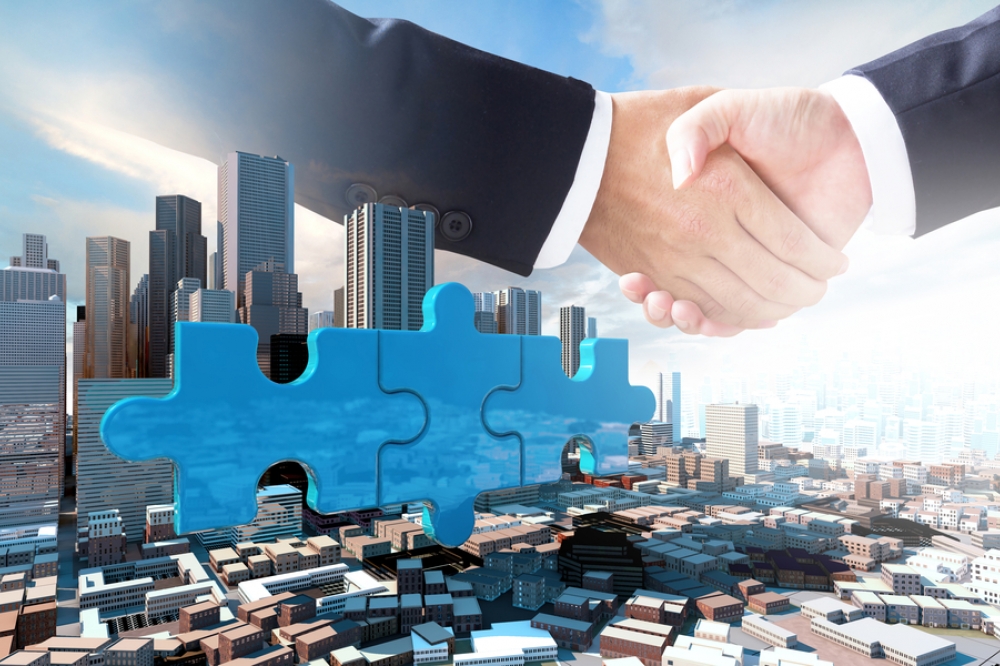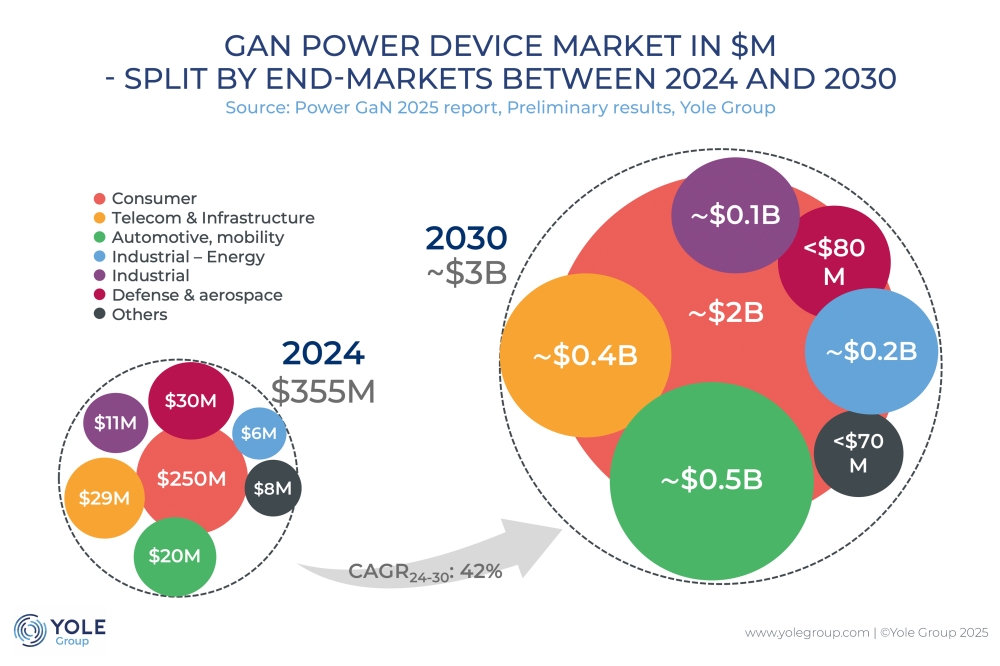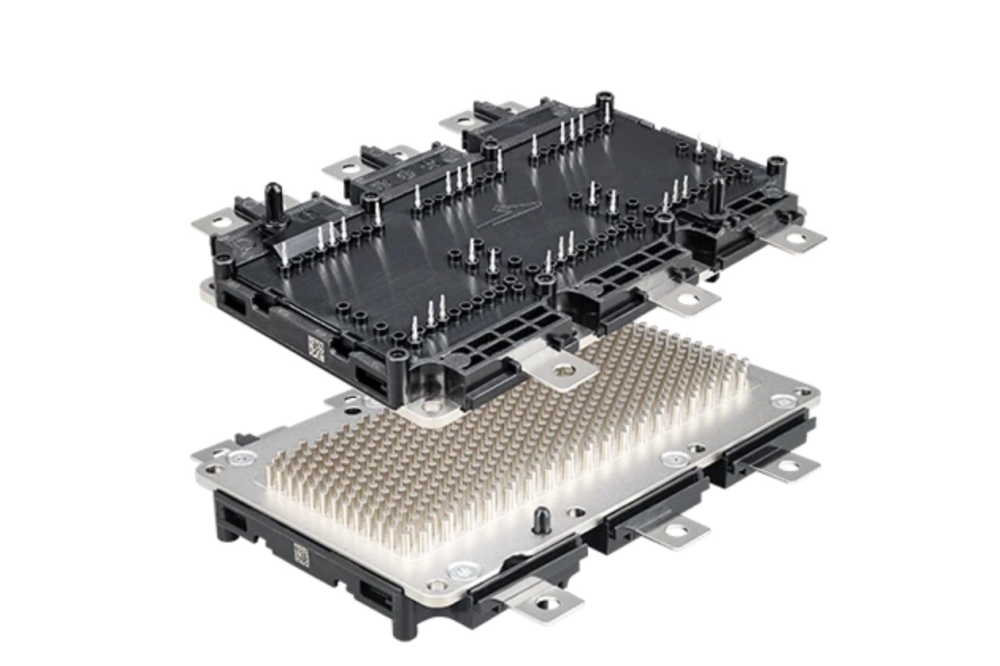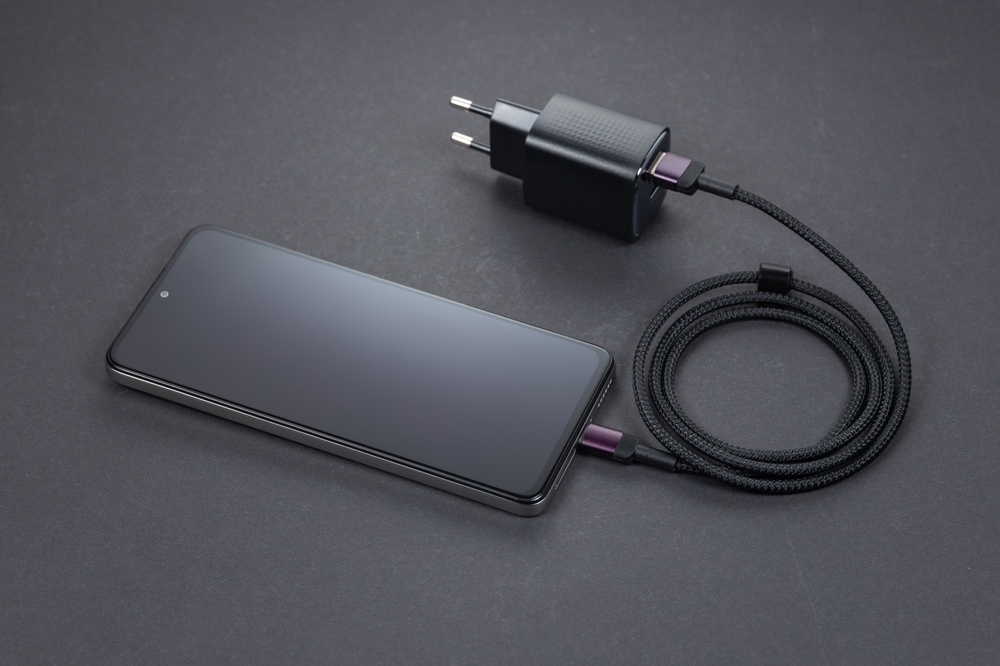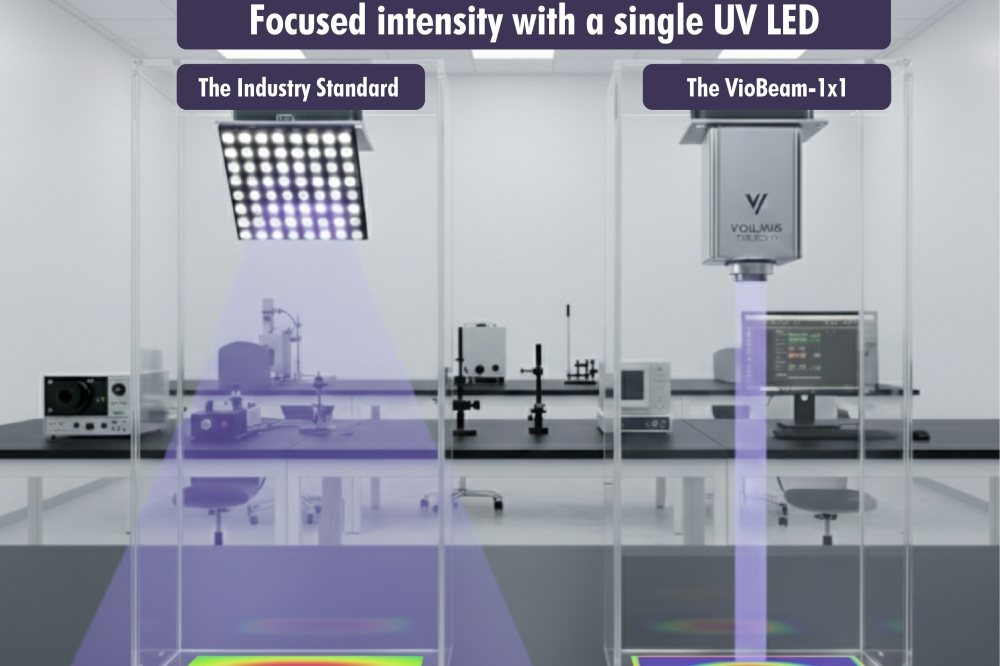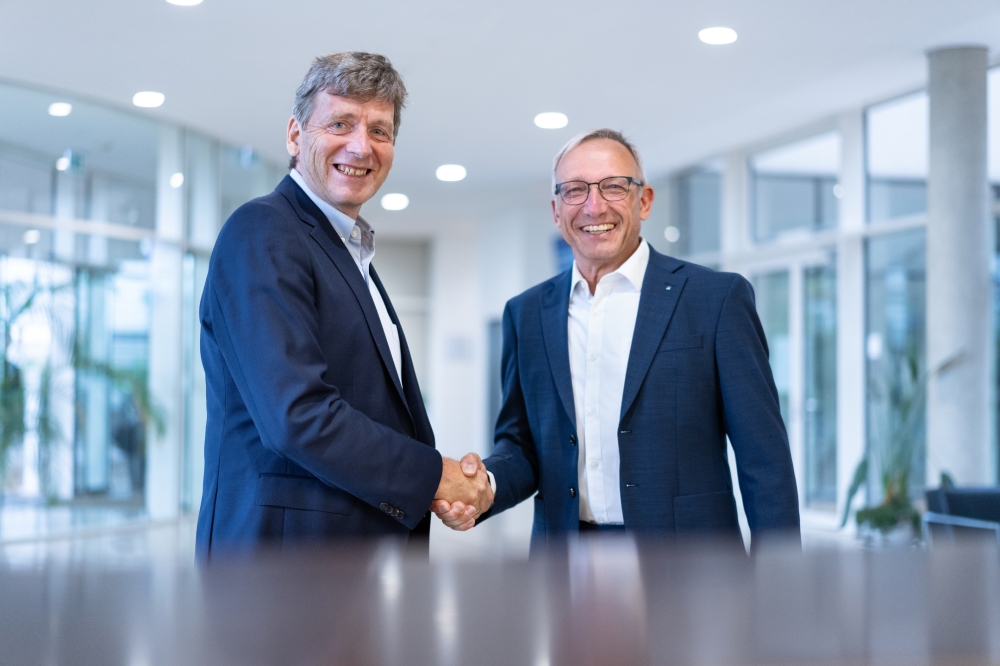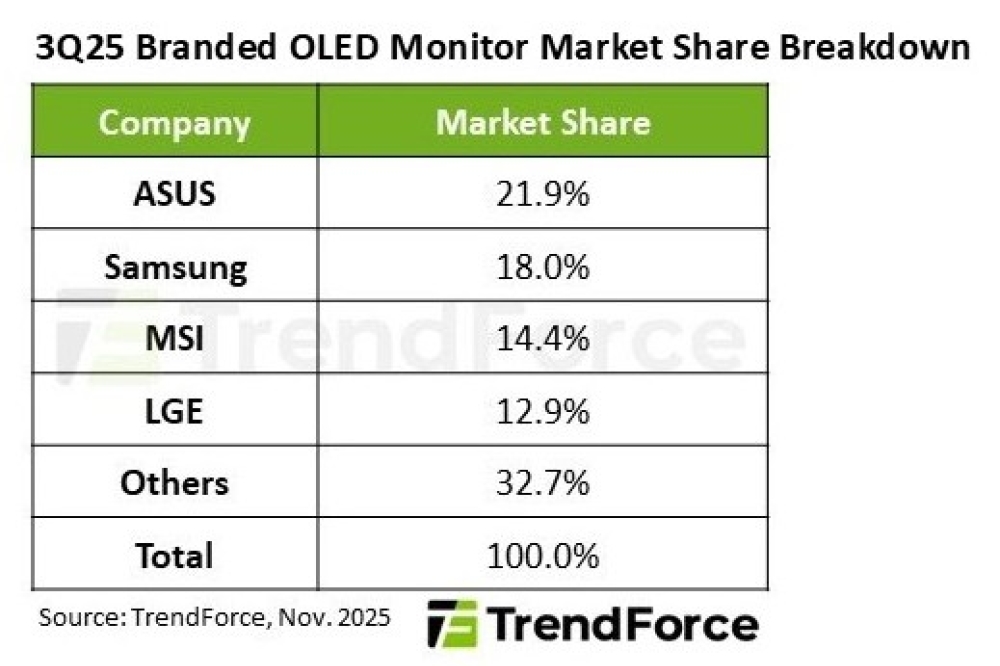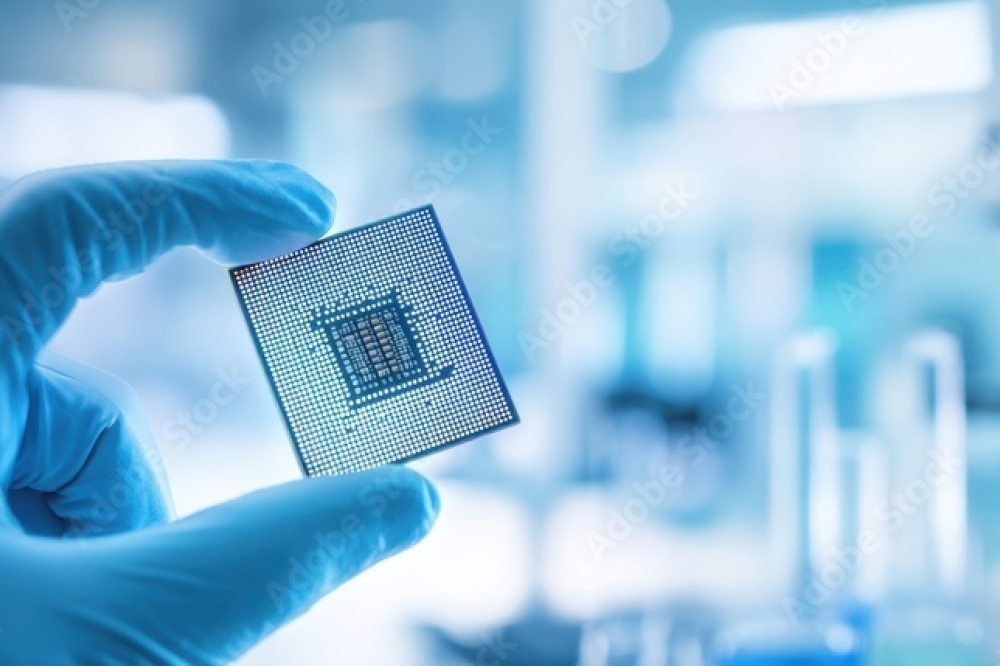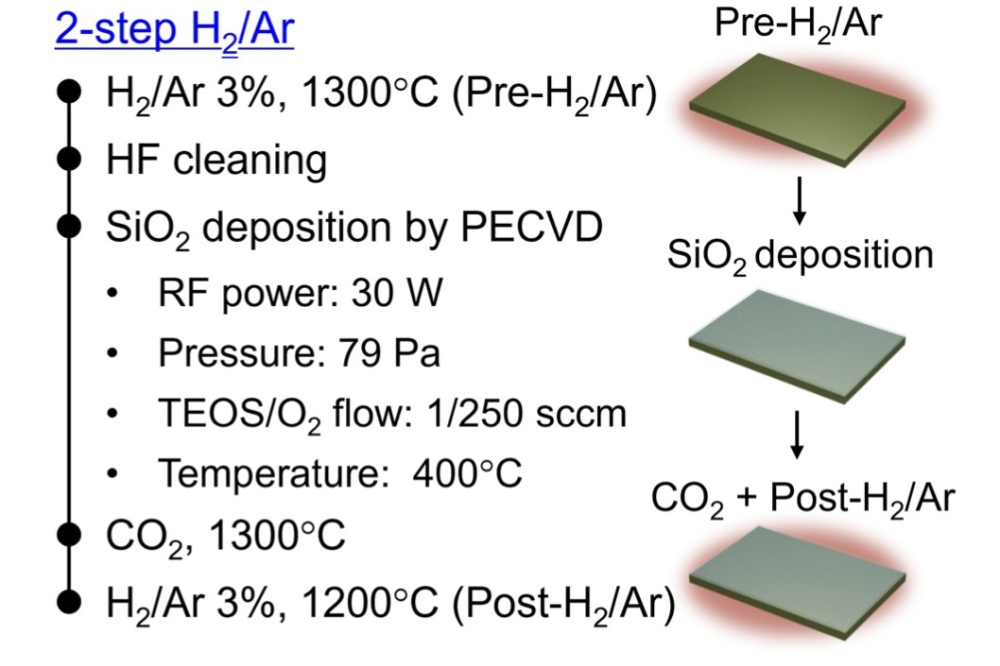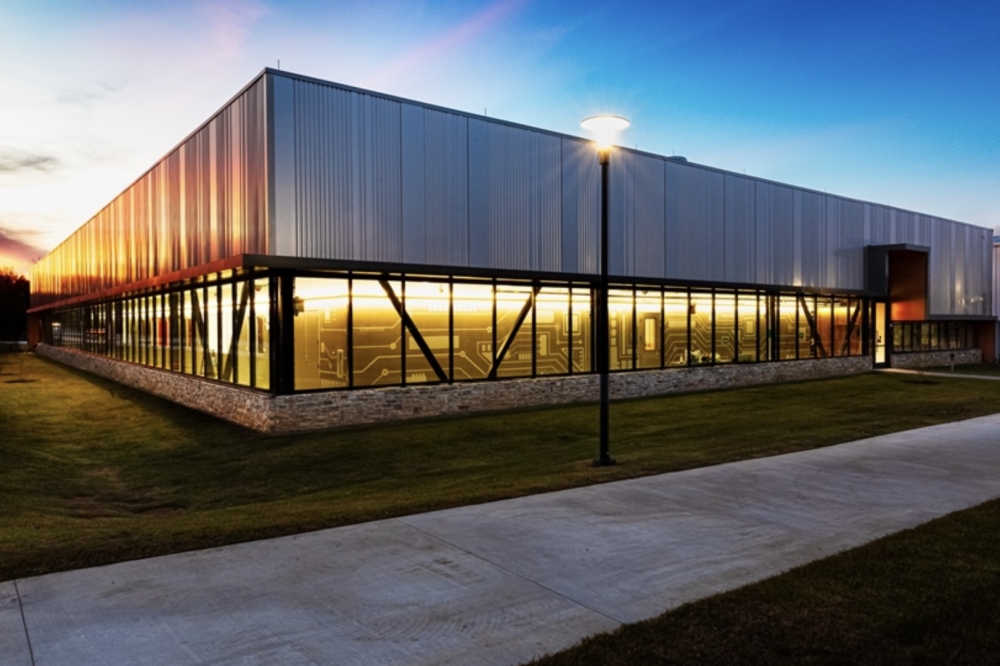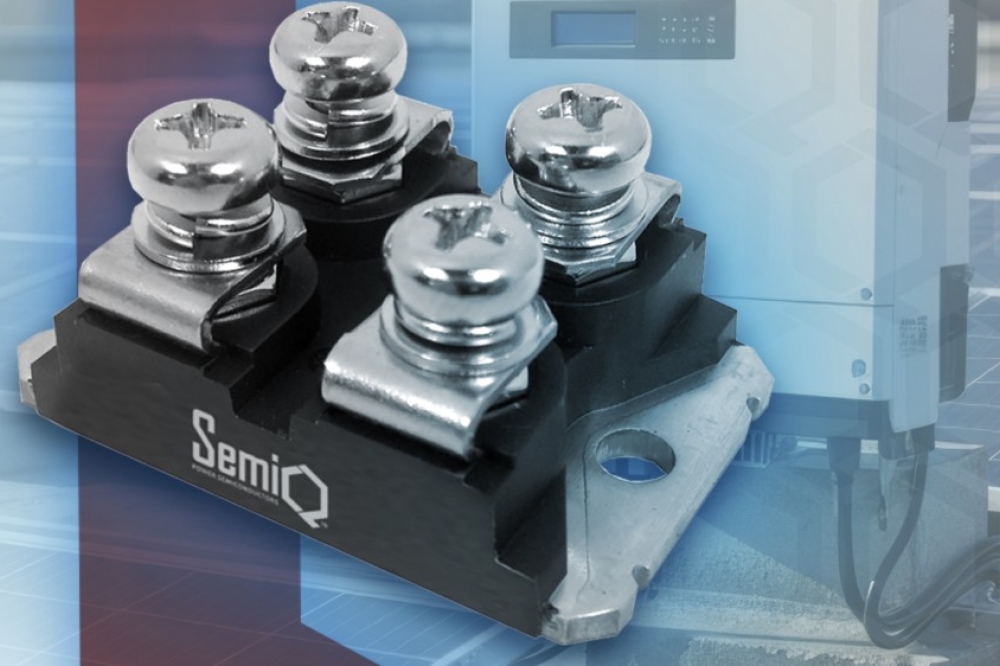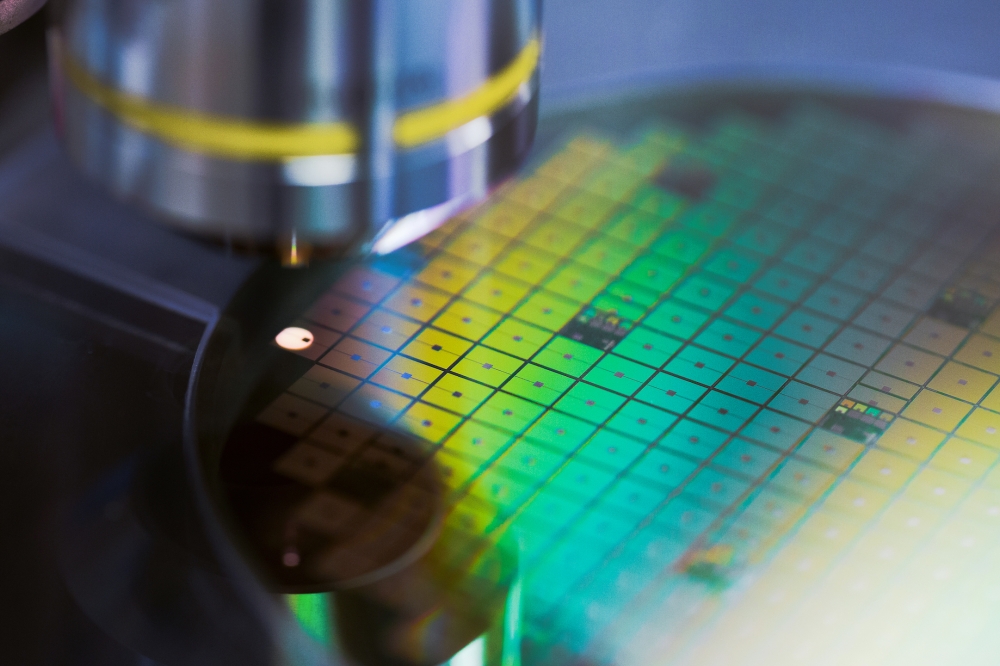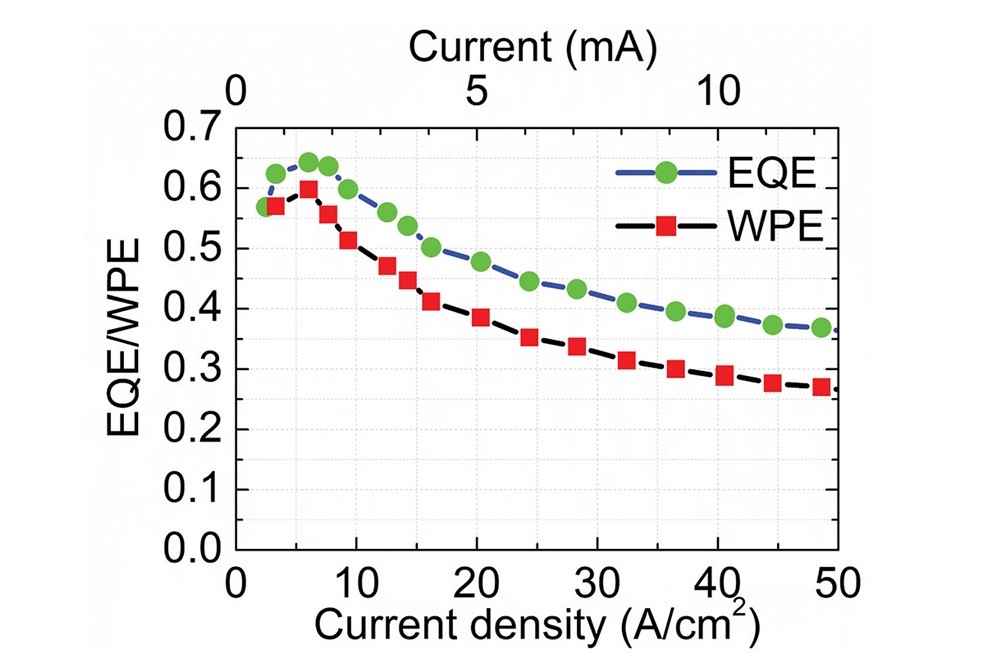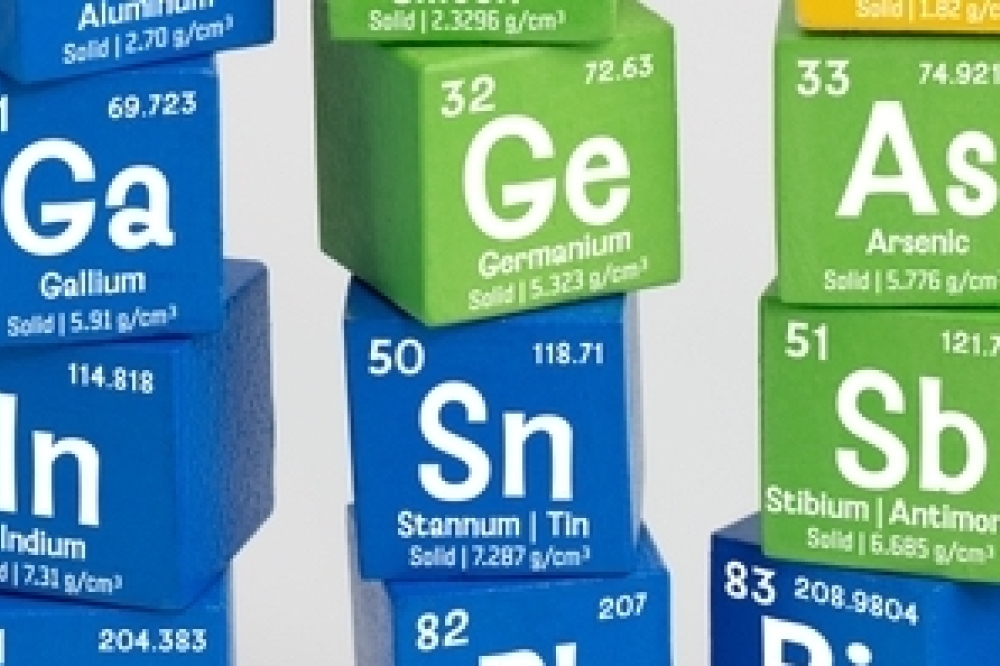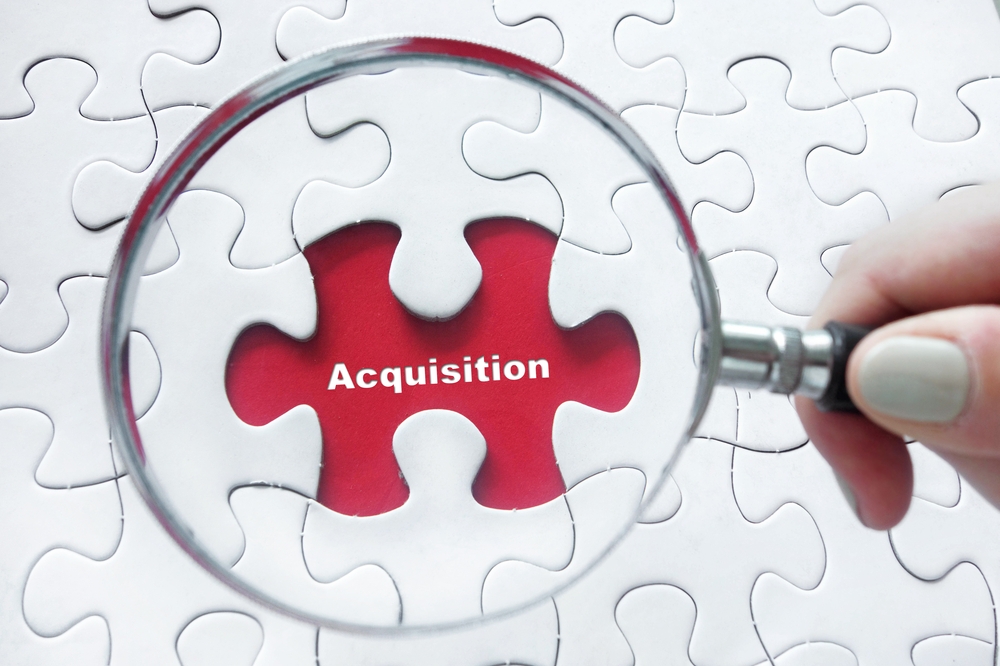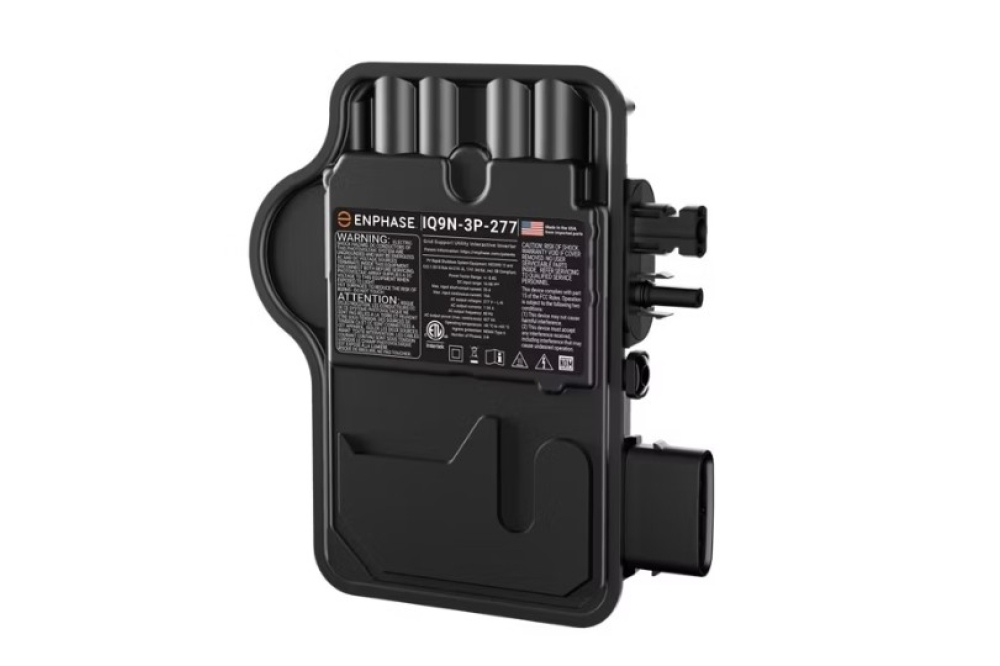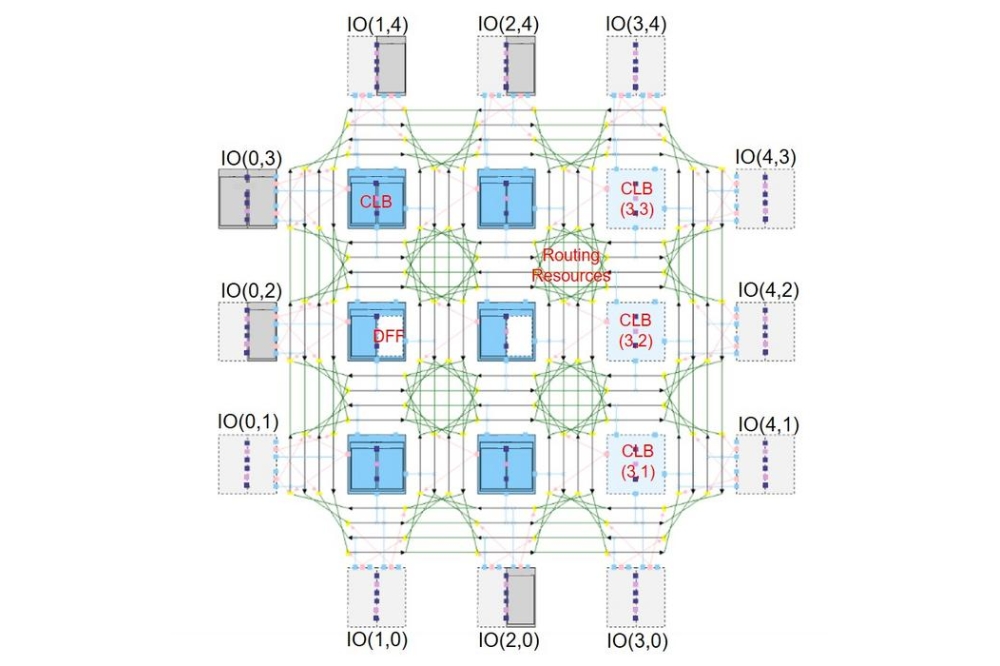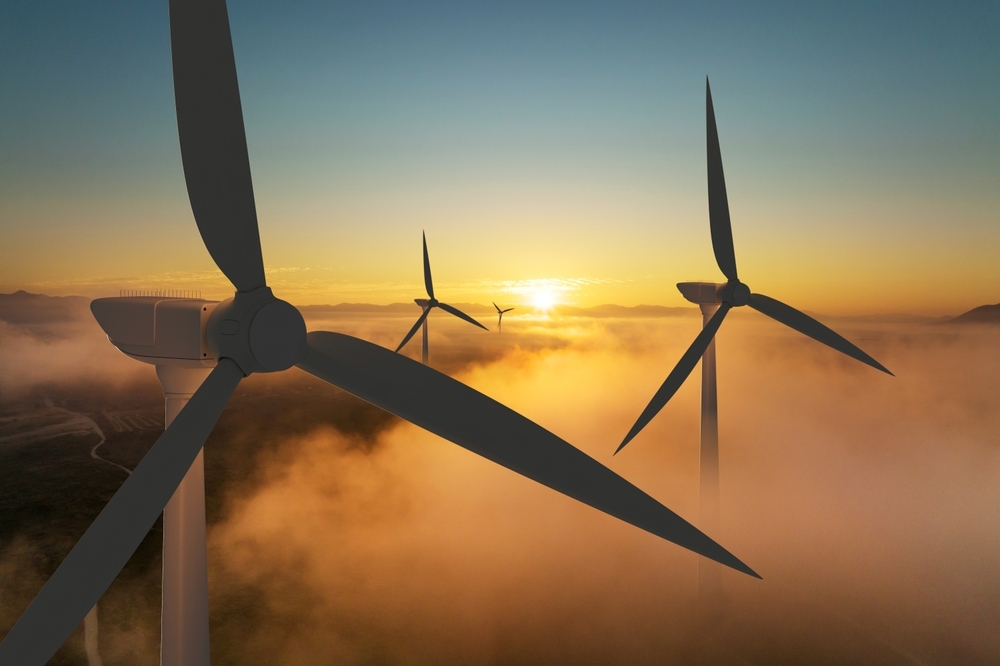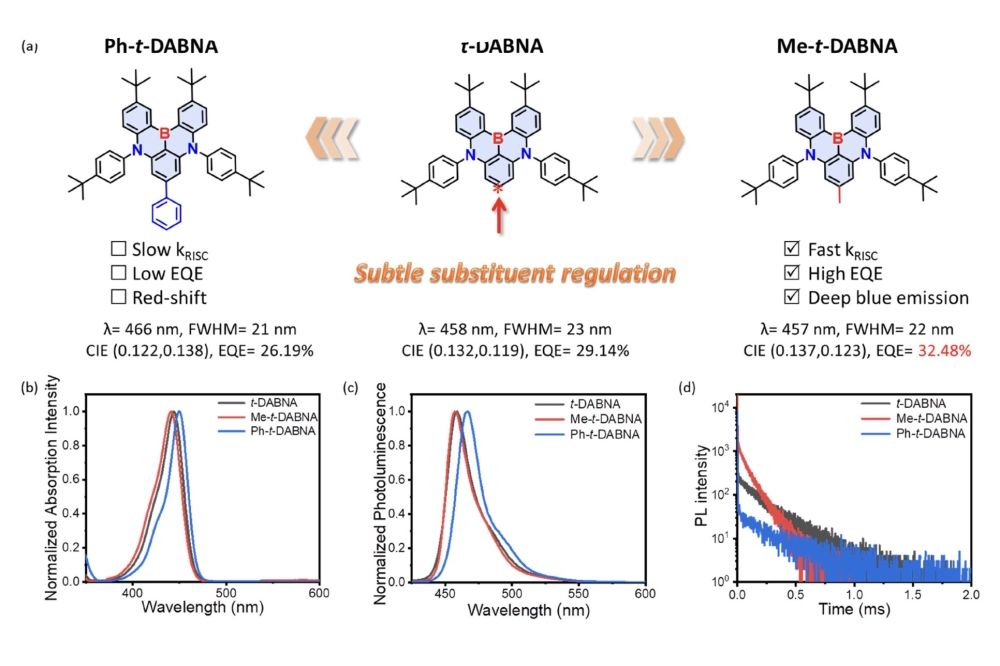US lab announces crystalline CdTe breakthrough

Sivananthan Laboratories, a US-based research company, has announced a record high arsenic dopant activation for crystalline CdTe produced by molecular beam epitaxy (MBE).
The work was funded by the US Department of Energy (DOE) as part of the Cadmium Telluride Accelerator Consortium, a three-year consortium to enhance US technology leadership and competitiveness in CdTe photovoltaics (PV).
One part of this project aims to improve the electrical and optical properties of crystalline CdTe. The goal is to provide insight into the present limitations of polycrystalline CdTe and CdTe-based materials that are used in commercial high-volume PV modules produced in the United States and elsewhere.
The present result reports electrical activation greater than 70 percent for an elemental arsenic concentration of ~1 x 1017 cm-3, resulting in hole concentrations of ~7 x 1016 cm-3 in single-crystal CdTe grown by MBE. This surpasses the previous record of 50 percent electrical activation with hole concentrations of 5 x 1016 cm-3.
The achievement attests to both improved control of arsenic incorporation into the CdTe matrix during the MBE growth and an efficient, novel post-deposition activation processes.
This project was led by Ramesh Dhere, who commented, “This has been a challenging task and is the result of teamwork led by Alexander Goldstone and the expert advice of Dr. Eric Colegrove of DOE’s National Renewable Energy Laboratory (NREL), building on the expansive MBE expertise at Sivananthan Laboratories and its affiliates.”
Paul Boieriu, the program manager at Sivananthan Laboratories, added, “Such an achievement is remarkable since it enables higher solar energy conversion efficiency and manufacturing cost reductions without risking the long-term module durability of CdTe-based PV, enhancing US competitiveness and decreasing the levelized cost of energy.”
Sivananthan Laboratories is working toward applying these findings to the development of next-generation absorbers for solar cells with higher PV conversion efficiencies. It is believed the process control understanding that enabled this recent advancement in CdTe can be adapted to improve dopant activation in CdSeTe and other CdTe-based alloys.





